During the summer of 2022, with the Omicron coronavirus variant running rampant, friends and relatives of immunologist Bob Seder kept asking him if they should postpone their COVID-19 boosters and wait for the new Omicron-tailored vaccine to become available. He told them not to delay.
Seder, acting chief of the Vaccine Immunology Program at the US National Institute of Allergy and Infectious Diseases in Bethesda, Maryland, suspected that the effectiveness of a new booster would be blunted by a quirk of the immune system known as imprinting — the tendency for someone’s initial exposure to a virus to bias their immune response when they meet the same virus again.
Imprinting was first observed decades ago, in people with influenza. Their immune systems responded to a new circulating strain by producing antibodies tailored to their first flu encounter. In some cases, this led to a poorer ability to fight off the new strain.
The phenomenon can explain some observations from the past, such as the surprisingly high mortality among young adults during the 1918 influenza pandemic. Members of the older generation, exposed in their youth to a flu strain that closely matched the deadly H1N1 pandemic strain, had a more robust immune response than did younger adults, whose first exposure was to a mismatched strain.
A crop of studies is now showing how imprinting is shaping people’s response to SARS-CoV-2. For example, those infected with the earliest strain or with the subsequent Alpha or Beta strains mount varying immune responses to a later Omicron infection, depending on the strain to which they were first exposed.
Furthermore, even exposure to Omicron itself doesn’t seem to help update the imprinted response of people previously infected with an older strain, which might explain why they can be reinfected.
The ghost of influenza past and the hunt for a universal vaccine
It’s now relatively easy to update mRNA vaccines to match a new strain, but imprinting suggests that these tailored vaccines might not significantly improve protection against infection. And although they are clearly able to prevent serious illness, this puts a dampener on the hope that variant-tailored boosters will markedly reduce transmission of the virus.
Still, researchers agree that variant-tailored boosters are worth getting because they still provide some immunity, and that imprinting will not make COVID-19 more severe than it would be in someone with no previous exposure. “You’re better off having some immunity, no matter what it is,” says Katie Gostic, an evolutionary biologist at the University of Chicago, Illinois.
What’s more, there are hints that, in some people at least, the immune system can adapt, raising the possibility of improving immune responses.
Immune memory
Imprinting equips the immune system with a memory of an invader that helps it prepare to do battle again. The key players are memory B cells, which are generated in lymph nodes during the body’s first exposure to a virus. These cells then keep watch in the bloodstream for the same foe, ready to develop into plasma cells that then churn out antibodies. The snag comes when the immune system encounters a similar, but not identical, strain of a virus. In this case, rather than generate new, or ‘naive’, B cells to produce tailored antibodies, the memory-B-cell response kicks in. This often leads to the production of antibodies that bind to features found in both the old and new strains, known as cross-reactive antibodies. They might offer some protection but are not a perfect fit to the new strain.
Imprinting was first observed in 1947 by Jonas Salk and Thomas Francis, the developers of the first flu vaccine, together with another scientist, Joseph Quilligan1. They found that people who had previously had flu, and were then vaccinated against the current circulating strain, produced antibodies against the first strain they had encountered. Francis gave the phenomenon the tongue-in-cheek name ‘original antigenic sin’, although today most researchers prefer to call it imprinting.
Researchers have only recently demonstrated how strongly this process can influence immunity. In 2016, Gostic published an epidemiological study2 that proved imprinting was more than just a curiosity. She analysed data from two pandemics of avian influenza A, caused by the viruses H5N1 in 2009 and H7N9 in 2013. Both strains share some characteristics with seasonal-flu strains, but they come from opposite sides of the flu evolutionary tree. “We saw this really remarkably clear pattern that you seem to be much more susceptible, at least to severe infection, if you had been imprinted in childhood to a mismatched subtype,” says Gostic.
US soldiers bound for France march through Seattle wearing masks in the midst of the influenza pandemic in 1918.Credit: Science History Images/Alamy
For SARS-CoV-2, too, “your infection history, and your vaccination history in combination, are imprinting your subsequent immune response when you see the live virus”, says immunologist Rosemary Boyton at Imperial College London. Boyton and her colleagues reached this conclusion by studying immunity in a large group of health-care workers at several London hospitals.
Their first study3, conducted before Omicron had emerged, looked at the responses of certain facets of the immune system — including antibodies and B and T cells — in individuals who had received two vaccines. Some of them had been infected before their jabs and others after. The researchers found that a person’s immunity to infection by subsequent strains depended strongly on their previous infections or vaccinations. “Some combinations happen to offer better future- proofing against an oncoming variant than others,” says Boyton.
Last June, she and her colleagues published a follow-up study4 looking at immunity in a group of people who had contracted an Omicron infection after triple vaccination, but who had various COVID-19 infection histories. Again, they saw a variety of responses indicating imprinting from previous exposure. For example, even in people whose first COVID-19 infection was with Omicron, the antibodies were a better match to the original strain — against which they had been vaccinated — and to the older Alpha and Delta strains.
For those who had been previously infected with the original strain, and were then vaccinated (with a shot designed to fight that strain), the subsequent Omicron infection didn’t boost their ability to create Omicron-adapted antibodies at all. This is a clear sign of imprinting, Boyton says, and probably explains why Omicron reinfections are so common — although, for most people, even an imprinted response is enough to stop serious illness.
Do childhood colds help the body respond to COVID?
This idea is backed up by a study5 published last month by Yunlong Cao at Peking University in Beijing. He found that people who had been vaccinated with the original strain and then contracted an Omicron infection produced antibodies that were mainly cross-reactive to both strains, but rarely specific to Omicron itself. By contrast, those without a previous vaccination made antibodies that specifically matched Omicron. Cao says that, as the two strains gradually diverged from each other, the proportion of antibodies that could neutralize the second strain decreased. He expects this effect to be even more pronounced with the newer Omicron subvariants, such as XBB.
But the immune system has some tricks that could help to counteract the effect of imprinting, says Laura Walker, chief scientific officer and co-founder of antibody-focused pharmaceutical company Invivyd, based in Waltham, Massachusetts. Memory B cells can mutate, to some extent, when exposed to a new strain, producing better-matched antibodies in a process known as affinity maturation. Walker and her colleagues tracked antibody responses in mRNA-vaccinated individuals for up to six months after they had contracted Omicron, and found that at least a subset of the B cells was altered so that they started to produce antibodies matching Omicron6. Boyton agrees that affinity maturation might lead immune repertoires to change over time, but the extent to which this is happening after multiple vaccinations is not yet clear.
The transformation occurs in transient structures in the lymph nodes and bone marrow called germinal centres. “You can think of it as a boot camp, where our immune cells get trained to become even better,” says Ali Ellebedy, an immunologist at Washington University in St. Louis, Missouri. Those B cells then go on to produce more-effective antibodies.
A health worker applies a sticking plaster after giving a man a booster shot of the Sinovac vaccine in Manila, Philippines this month.Credit: Lisa Marie David/Reuters
Last September, Ellebedy reported7 the results of a study in which his team collected B cells from the germinal centres of volunteers who had received a booster vaccine targeting either the original SARS-CoV-2 strain or Omicron.
In both cases, even when the original strain was not present in the booster, antibodies recognizing the original strain were dominant. But, for the Omicron booster, Ellebedy says, “we were able to detect a very small fraction of cells that responded specifically to Omicron”. This suggests that imprinting does not completely quash responses to new strains — although the team didn’t see this effect in all individuals. Key questions are why that is and how to encourage this new response.
Although affinity maturation helps to align existing B cells with a new foe, researchers have also looked at whether the immune system can deploy entirely new B cells when faced with a new infection. Immunologist Gabriel Victora at the Rockefeller University in New York City developed a technique that tracks cells and their descendants in mice, to figure out which antibodies came from which B cells.
His results8, published this month, showed that when mice previously vaccinated with the original SARS-CoV-2 strain were boosted with that strain, more than 90% of the antibodies produced were derived from pre-existing B cells. But boosting the animals with the Omicron strain changed the picture, says Victora: 25–50% of the antibodies came from new B cells, and were better at neutralizing Omicron than were the older, recycled antibodies.
Walker says that it’s unclear how this translates into longer-term protection. For that to occur, the new B cells would need to mature into antibody-producing plasma cells in the bone marrow, and it’s not clear whether the immune system retains these newer plasma cells.
Imprinting impact
Although antibody studies reveal the telltale signature of imprinting, Gostic says, there is little evidence that those signatures affect people’s susceptibility to illness. Even if it lessens protection, says Boyton, “there’s no evidence that it causes harm, makes a worse immune response, or makes you more sick” compared with people who are unvaccinated or haven’t been infected.
Gostic prefers to look on the bright side: rather than imprinting lessening the overall response, she says “you have a sort of superpower if you have been exposed to something that’s matched”.
But imprinting does seem to have dashed the hope that the introduction of variant-targeted mRNA boosters will provide greater protection against infection than sticking with the original vaccine. Boosters introduced in Europe last September targeted the original strain and the BA.1 Omicron variant; the United States has rolled out boosters aimed at the BA.5 Omicron variant. The vaccines certainly boost antibody levels, but the antibodies produced are not Omicron specific and are unlikely to offer significantly increased protection against Omicron infection9,10.
China and India approve nasal COVID vaccines — are they a game changer?
So what does this mean for our current vaccines? Boyton says that they are “brilliant” in their ability to protect against serious illness. But, she says, now that most people are protected, scientists should focus on finding vaccines that can overcome imprinting, to halt the spread of the virus, not just the severity of disease. “Now we’re in a slightly different place, we’ve got to think slightly differently.”
Seder agrees that vaccines will need to change if they are to limit infection and transmission, rather than just prevent fatalities. He says that one approach would be to use live vaccines, which would persist in the body for 5–10 days and might produce a more effective response. But live vaccines pose greater risks, particularly for vulnerable people, owing to the dangers of even a weakened virus multiplying.
Instead, Seder is looking at nasal vaccines, which he thinks could be more effective against variants than injected vaccines. Spraying a vaccine directly into the nose could induce mucosal immunity — an immune response in the cells that make up the lining of the respiratory system and other mucous membranes. In a natural infection, the mucous membranes are the first barrier a virus will encounter. The antibody response here is prolific and designed to thwart virus entry. The response might still carry some imprint of past exposure, but its sheer strength could create better protection — even preventing infection and transmission. A study11 published last year showed that the antibody response produced by injected vaccines bypasses the antibody cascade that mucosal immunity induces, whereas a breakthrough infection does induce this response.
Seder is now comparing nasal and injected mRNA vaccines in animals to see whether they can improve the response to Omicron. Data on how these vaccines perform in humans are sparse, and mixed. In October, a phase I clinical trial of a vaccine developed by Astrazeneca and the University of Oxford, UK, administered as a nasal spray, reported mucosal antibody responses in only a minority of participants, and weaker systemic responses than were obtained with intramuscular vaccination12.
Another approach is the use of adjuvants — ingredients added to vaccines that help to boost the immune response. Adjuvants have been shown to alleviate imprinting in vaccination against flu13. So far, their effect on imprinting in COVID-19 has not been tested.
The ideal immune response is strong and broad — both for disarming imprinting and for fighting a wider range of viruses and variants, says Boyton. A vaccine against SARS-CoV-2 and all its relatives — a pan-coronavirus vaccine — would induce a wider variety of antibodies that target multiple parts of the virus. Such a vaccine could prevent the virus from mutating enough to escape the immune system, and might ultimately be the key to controlling future pandemics. The hunt for such a vaccine is ongoing.
Imprinting is often presented as a problem, but it’s a fundamental part of immune memory that delivers a lightning-fast response to a viral invader, without having to start from scratch. “To me,” says Victora, “it means that the immune system is quite smart at covering its bases.”






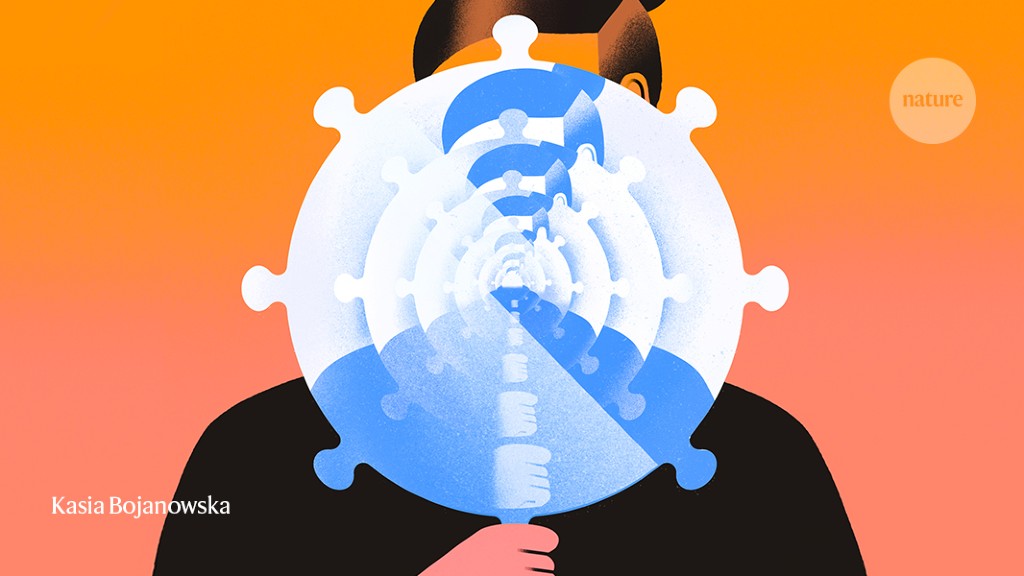
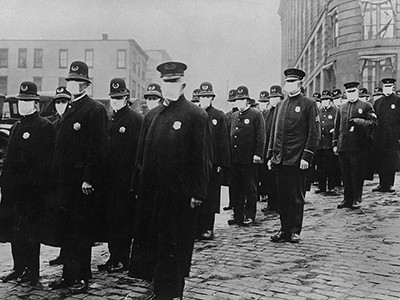
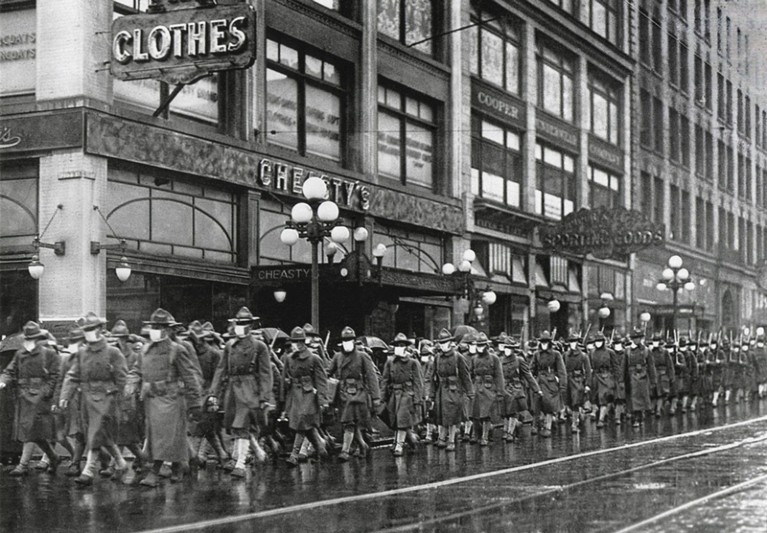
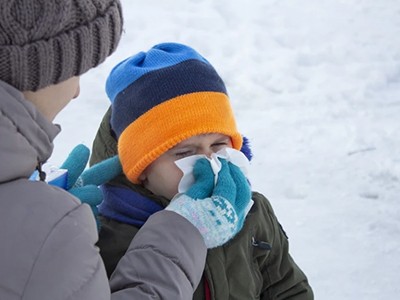
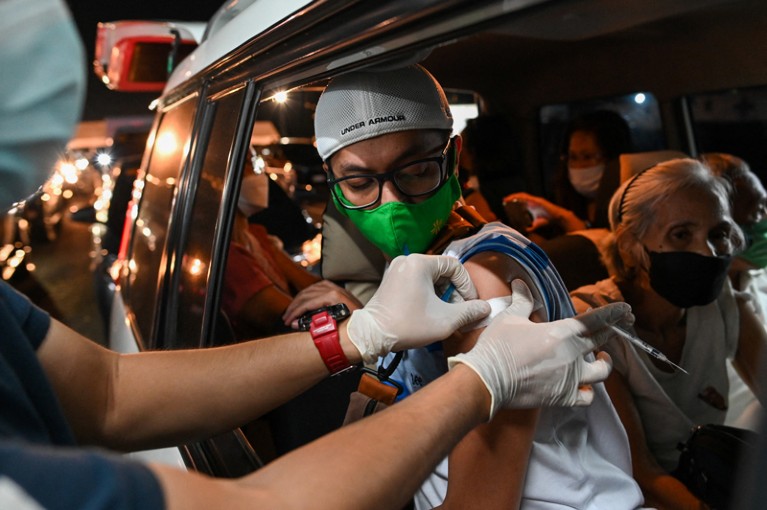
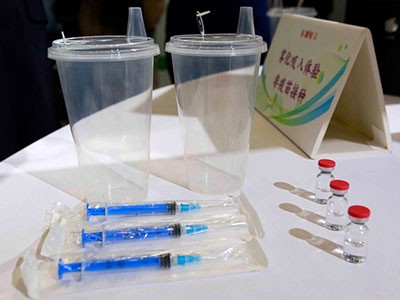
More News
Ancient DNA traces family lines and political shifts in the Avar empire
Dearomatization drives complexity generation in freshwater organic matter – Nature
Tumours form without genetic mutations